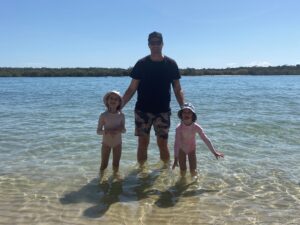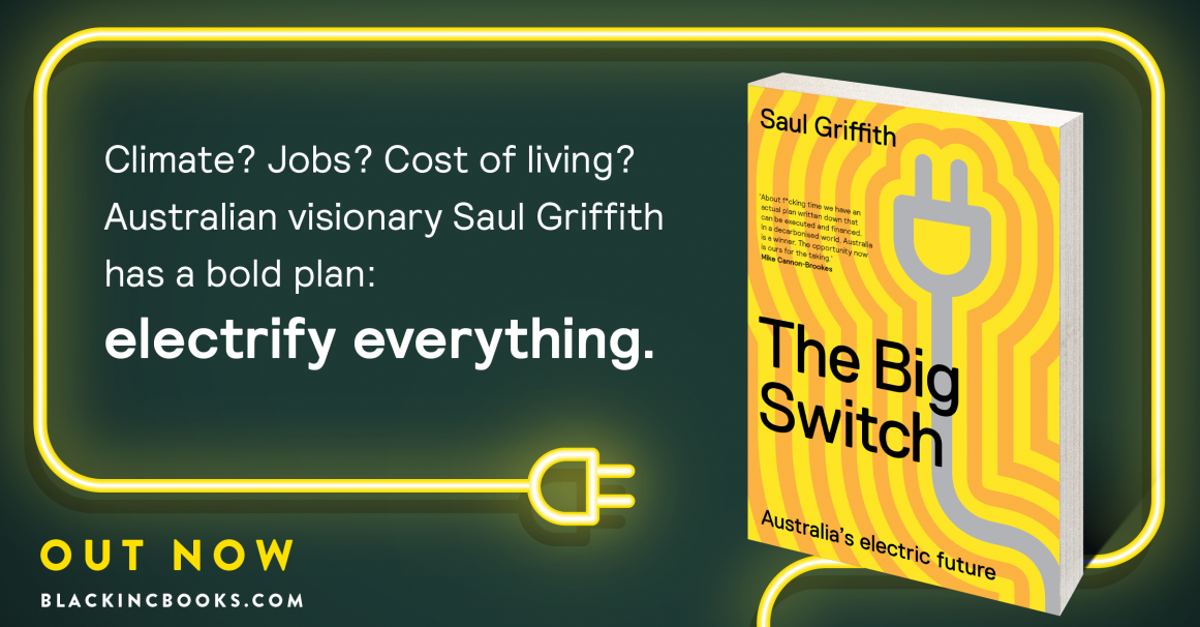An unexpected benefit of Covid-19 has been the chance to take stock and re-evaluate what the most important things are in life. The ultimate conclusion – we want to live a better lifestyle. Tim Stafford, Head of Research at WBP Group, looks into this emerging trend.
It’s 6.00 am, and your alarm clock is screaming – get up! You reach out to turn it off, but it’s so cold, you quickly pull your arm back under the covers. You must summon the will to get out of bed and turn on the heater so your home doesn’t feel like an igloo when the kids wake up. It’s still dark outside as you stumble to the kitchen. You need a coffee, not just for the caffeine, but for the warmth it provides.
That’s the reality of winter in Australia’s southern states.
You can start to understand why many people have felt compelled to re-evaluate their lifestyle when you add to this multiple lockdowns in 2020 and 2021.
For Kane Batzloff, senior valuer at WBP Group Victoria, enough was enough. He packed his young family into their Toyota RAV4 Cruiser and spent a week driving up the east coast of Australia. Their end destination was Queensland’s Sunshine Coast.
With his family settled into their new home, Kane is feeling optimistic about the move. Now, when his alarm goes off, he springs out of bed and takes his morning coffee outside to bathe in the sunshine. His new pool will be installed in a few months. Then, he can start the day with a quick dip!
Kane and his family are part of this growing trend of people heading for regional Australia. They are leaving the capital cities in search of a better lifestyle. And this trend has only accelerated since Covid-19 reached our shores.
The latest regional internal migration estimates from the Australia Bureau of Statistics (ABS) confirm that “in the March 2021 quarter there was a net loss of 11,800 people from Australia’s ‘greater capital cities’ through internal migration. This was the largest net loss on record since the series started in 2001, surpassing the previous record net loss set in the September 2020 quarter (-11,200).”
Where are they heading? The ABS data shows that “Queensland gained the most people from net interstate migration (+7,000) over the March 2021 quarter, while Victoria lost the most (-4,900), closely followed by New South Wales (-4,500).
Why has Queensland become so popular? Sacha Millar, General Manager at WBP Queensland, notes that “we’ve been fortunate not to have suffered the same COVID lockdowns as in NSW and Victoria. We’ve been able to attend major sporting events, and our kids have been able to enjoy the majority of their schooling on campus. When talking to our southern colleagues, this seems to be one of the biggest positives about the move to Queensland.”
And if you’ve ever holidayed in Queensland, you know the weather is a significant advantage. It’s something Sacha doesn’t take for granted. “We are lucky that we can enjoy the outdoor lifestyle all year round. Weekend visits to the beaches of the Gold Coast and Sunshine Coast are a part of life for many Brisbanites, as well as the opportunity to enjoy the many tourist destinations and spectacular walking tracks of the rural hinterland areas.”
Having spent most of his life on Victoria’s Mornington Peninsula, Kane loved being close to the beach. However, taking his kids there on a cold winter’s day was often not that appealing. And on a hot summer day, the beaches were packed, and the traffic was bumper to bumper – the result of Mornington being only a short drive from Melbourne’s CBD.
Now they’re in Queensland, Kane and his family are relishing the opportunity to be constantly outdoors. There are plenty of beaches to enjoy, and while there is some traffic, it’s nowhere near as bad as Melbourne. If it does get too busy, they can head inland and explore one of the many river systems.
One of Kane’s favourite spots to visit is the Maroochy River. It’s a bit quieter, and the foreshore area has large sandy banks, which are an ideal spot for the kids to play. It’s also an excellent place for Kane to test his new inflatable paddleboard.
The desire for more affordable housing has also played a significant role in this migration trend. You can’t enjoy your new lifestyle if you have to spend all your time working to pay off your mortgage.
Given its recent population growth, the property market in Queensland is booming. Even so, prices are not at the same level they are in NSW and Victoria. According to the ABS, Queensland’s mean dwelling price for the June 2021 quarter was $631,000, while the price in NSW was $1,093,100 and Victoria was $891,500.
It’s no surprise that Sydney and Melbourne have lost the highest number of people, given they have the most expensive property in Australia. They have also faced some of the tightest restrictions when in lockdown.
It’s also no surprise to Sacha that Queensland is the new destination of choice. “The economy is performing well in line with the rest of the country. And the 2032 Olympics will bring additional infrastructure to all of south-east Queensland, with new sporting venues to be constructed in the Gold Coast, Brisbane, Sunshine Coast and Ipswich.”
Queensland has a shortage of accredited valuers, something Sacha is well aware of as it’s an industry-wide issue at the moment. “Kane’s transition to the WBP Queensland office has been a great success. And given the shortage of accredited valuers, especially in Brisbane and Gold Coasts areas, we look forward to welcoming more of our southern neighbours to sunny Queensland!”
Leaving their friends and family behind has been the only real negative for Kane. But the opportunity to create a better lifestyle for his family was something he could not pass up. And, the flight from Melbourne to the Sunshine Coast is only 2 hours.
Have you felt the desire to leave the hustle and bustle of city life behind you and embrace a sea change? If you’re serious about turning that dream into a reality, then it might be time to ask – “if not now, then when?”
To learn more follow us at LinkedIn









